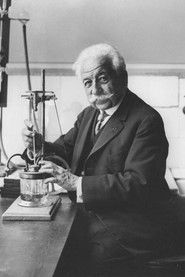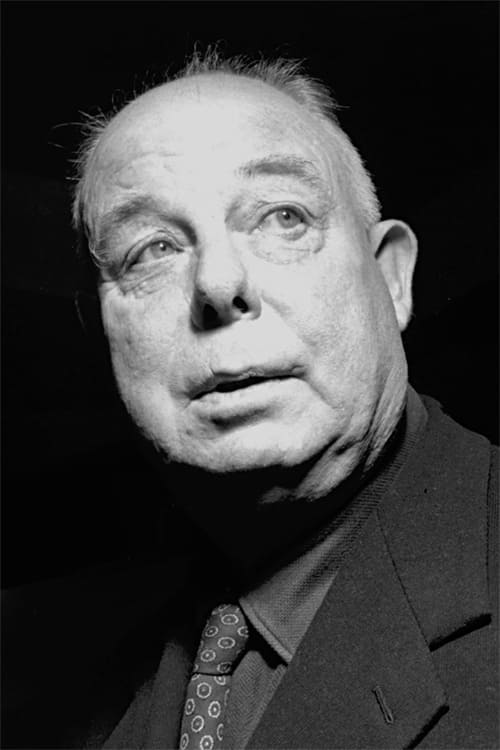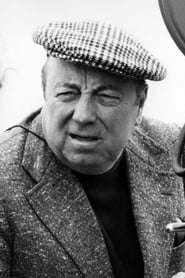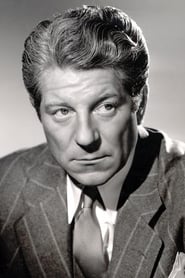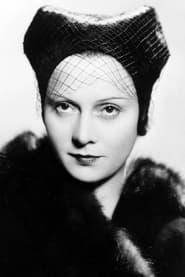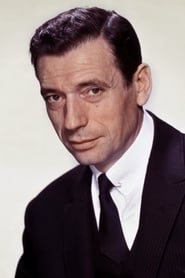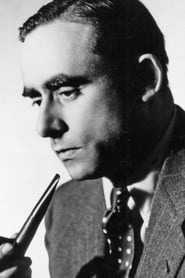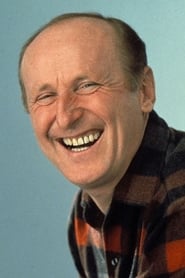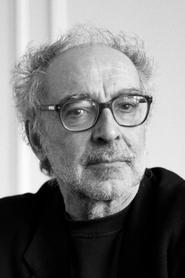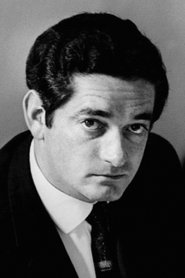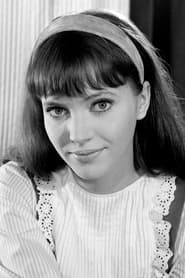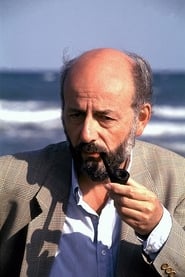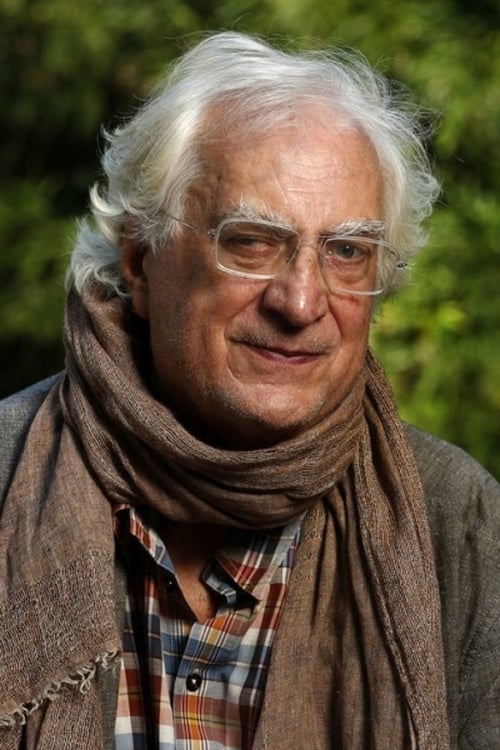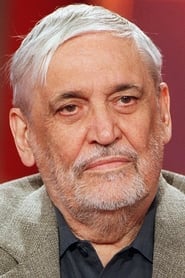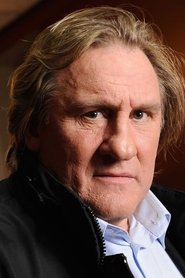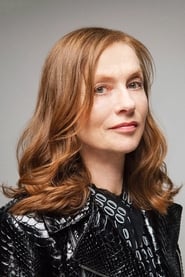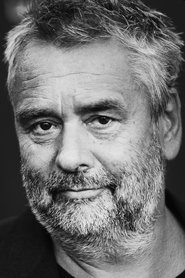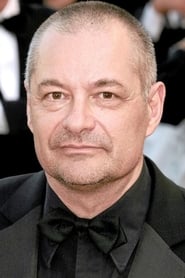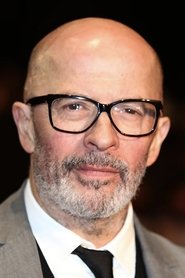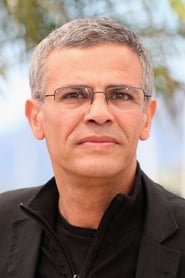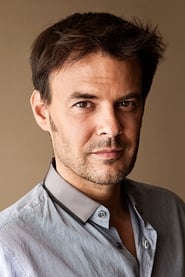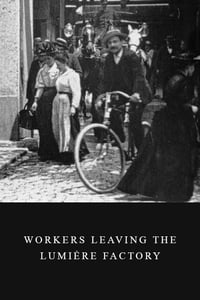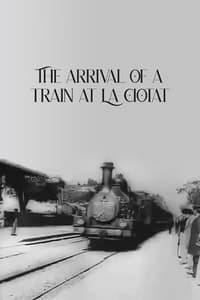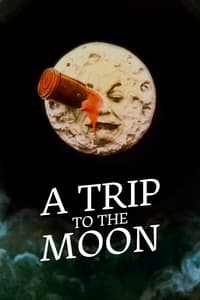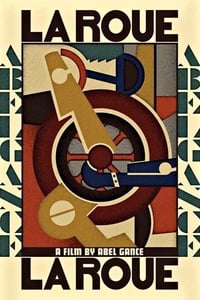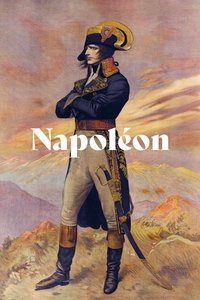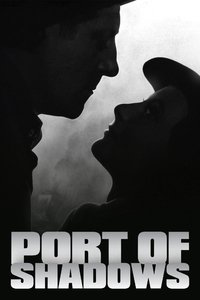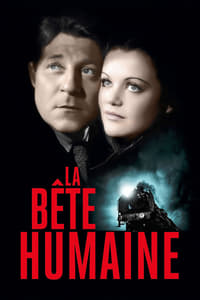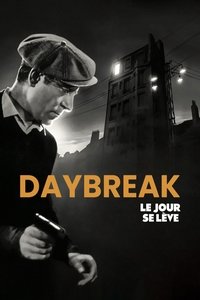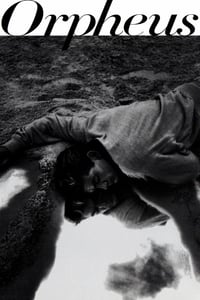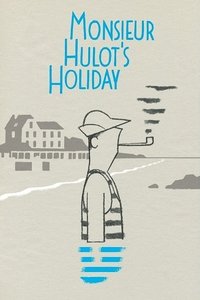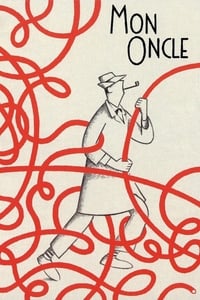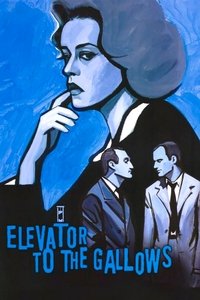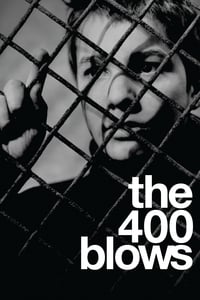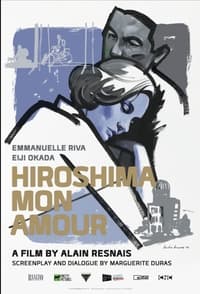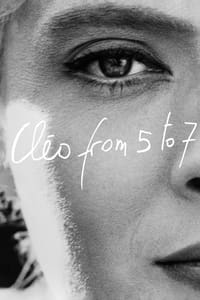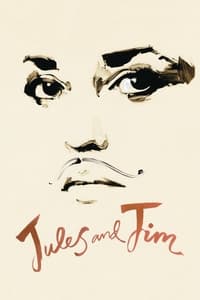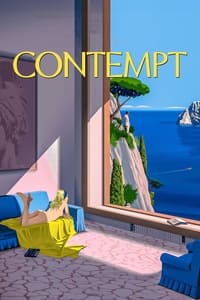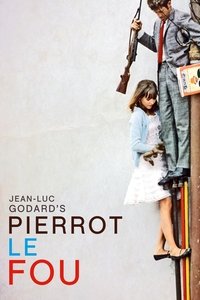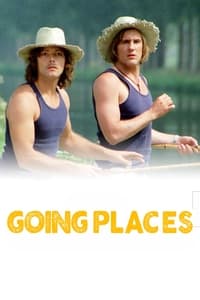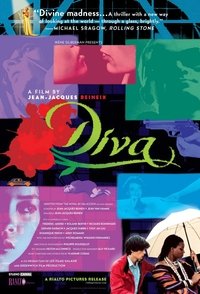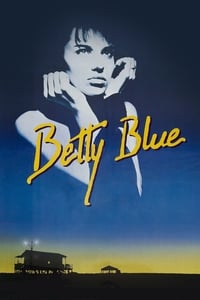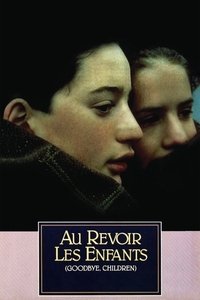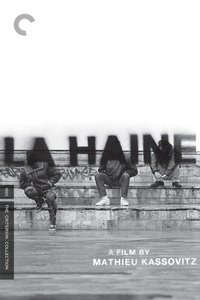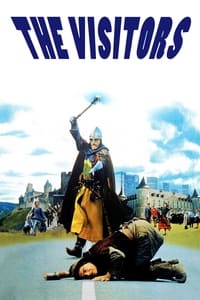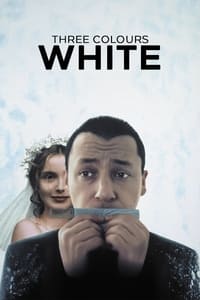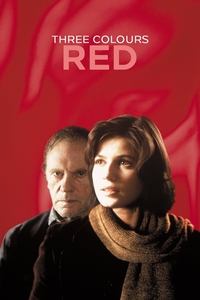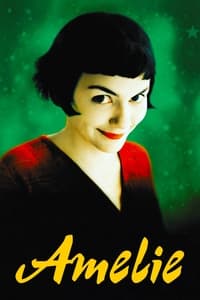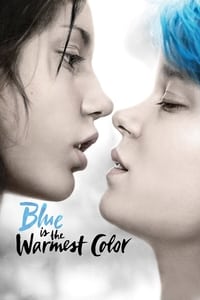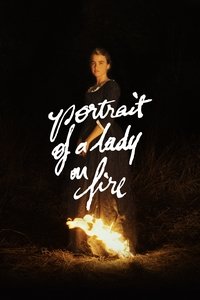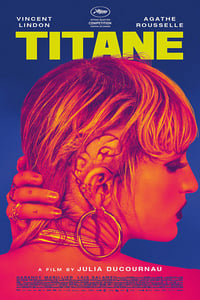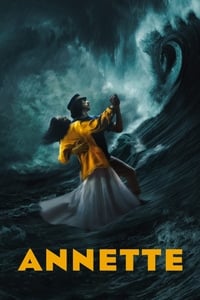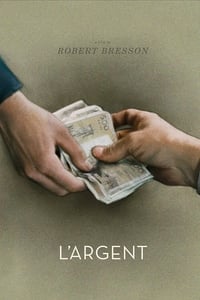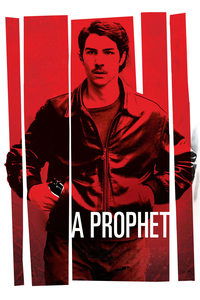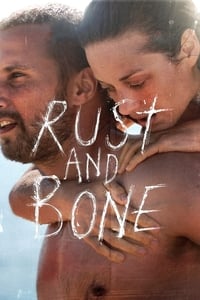French Cinema – World Pioneer and Guardian of Auteur Filmmaking
The Pioneers (1895 – 1919)
The history of world cinema begins in Paris, in 1895, with Auguste and Louis Lumière organizing the first public film screening. Their short films, such as Workers Leaving the Lumière Factory and The Arrival of a Train at La Ciotat, laid the foundations of cinematic language. But cinema quickly moved beyond simply recording reality: Georges Méliès, a magician and brilliant inventor, opened the door to fantasy with his trick films like A Trip to the Moon (1902). Louis Feuillade, for his part, invented the cinematic serial, with long-running popular stories such as Les Vampires (1915).
The Pioneers
The 1920s – 1930s: Avant-garde and Poetic Realism
In the aftermath of World War I, France became a major center for cinematic experimentation. Abel Gance revolutionized editing and visual techniques with La Roue (1923) and Napoléon (1927), using multiple screens and wide formats. Jean Vigo established a poetic and free cinema with L’Atalante (1934). In the 1930s, poetic realism dominated: Jean Renoir (Grand Illusion, 1937; La Bête Humaine, 1938) and Marcel Carné (Port of Shadows, 1938; Le Jour se lève, 1939) explored broken destinies in atmospheres that were both popular and melancholic.
The 1920s – 1930s
The 1940s – 1950s: The Golden Age and Postwar
During the Occupation and then Liberation, French cinema maintained a high level of creativity. Marcel Carné made Children of Paradise (1945), a romantic epic that became a cultural monument. Jean Cocteau brought a poetic and surrealist touch (Orpheus, 1950). Jacques Tati invented a tender and burlesque comedy with Monsieur Hulot’s Holiday (1953) and Mon Oncle (1958). Louis Malle made a mark with Elevator to the Gallows (1958), a noir film with an atmospheric score by Miles Davis. French cinema at this time embodied a blend of poetic heritage and modernity.
The 1940s – 1950s
The New Wave (1958 – 1970)
At the end of the 1950s, a generation of critics from Cahiers du cinéma began directing and upended the rules. François Truffaut launched the movement with The 400 Blows (1959). Jean-Luc Godard shocked and fascinated with Breathless (1960), then continued his experiments (Contempt, Pierrot le Fou). Alain Resnais explored memory and time (Hiroshima Mon Amour, 1959). Agnès Varda and Jacques Demy brought a unique touch, blending realism, feminism, and musical comedy (Cléo from 5 to 7, The Umbrellas of Cherbourg). The New Wave favored shooting on location, lightweight cameras, and personal stories, giving cinema a new sense of freedom.
The New Wave
The 1970s – 1980s: Between Auteur and Popular Cinema
French cinema in the 1970s and 1980s oscillated between radical works and popular successes. Jean Eustache delivered an epic film about youth and love with The Mother and the Whore (1973). Bertrand Blier provoked and amused with Going Places (1974). Louis Malle (Lacombe, Lucien, 1974) and Bertrand Tavernier (Coup de torchon, 1981) questioned collective memory. Jean-Jacques Beineix, leader of the “neo-New Wave,” imposed a strong visual style with Diva (1981) and Betty Blue (1986). Maurice Pialat established himself as a realistic and rough filmmaker (Under the Sun of Satan, Palme d’Or 1987).
The 1970s – 1980s
The 1990s – 2000s: Internationalization and Diversity
French cinema renewed itself and became more export-oriented. The Visitors (1993) was a huge popular success, while Krzysztof Kieslowski created the Three Colors trilogy (1993–1994) in co-production with France. Mathieu Kassovitz made waves with La Haine (1995), a generational film about the suburbs. Agnès Jaoui and Jean-Pierre Bacri offered a sharp social comedy with The Taste of Others (2000). Jean-Pierre Jeunet enchanted the world with Amélie (2001). Jacques Audiard established himself as a central figure in contemporary French cinema (A Prophet, 2009; Rust and Bone, 2012).
The 1990s – 2000s
Since 2010: Renewal and Boldness
French cinema continues to champion its diversity, balancing popular comedies and radical auteur films. The Intouchables (2011) became a worldwide phenomenon. Abdellatif Kechiche made a powerful impact with Blue Is the Warmest Colour (Palme d’Or 2013). Robin Campillo told the story of the fight against AIDS in BPM (Beats Per Minute) (2017). Céline Sciamma explored themes of identity and the female gaze (Portrait of a Lady on Fire, 2019). Julia Ducournau shocked and seduced with Titane (Palme d’Or 2021). Leos Carax returned with Annette (2021), a visually daring rock opera.
